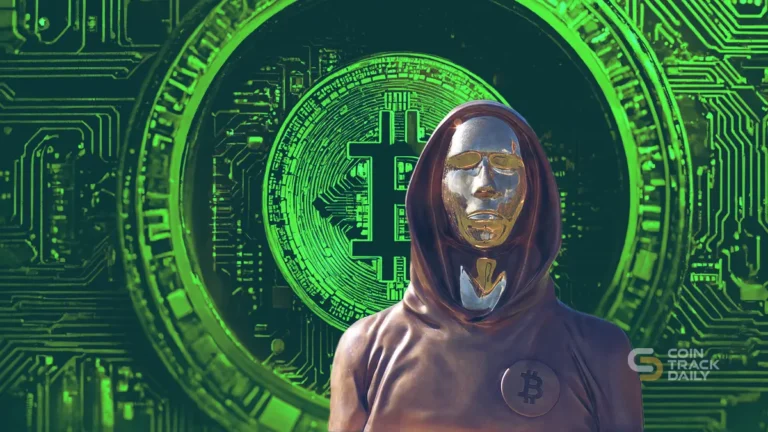16-7-2025 – Bitcoin developers have proposed a radical plan to freeze coins in addresses vulnerable to quantum computing attacks, including those linked to Bitcoin’s creator, Satoshi Nakamoto. The draft Bitcoin Improvement Proposal (BIP), first reported by CoinDesk, aims to protect the network from future quantum threats by phasing out legacy cryptography. The proposal, co-authored by Jameson Lopp and other security researchers, outlines a multi-phase soft fork to transition Bitcoin to quantum-resistant address formats, such as P2QRH.
It targets approximately 25% of Bitcoin’s supply, including 1.1 million BTC in early pay-to-pubkey addresses, like those attributed to Nakamoto. These addresses expose public keys, making them susceptible to quantum computers that could derive private keys, potentially within years.
The plan includes banning transactions to legacy addresses three years after implementation and invalidating their signatures later, rendering un-upgraded coins unspendable. This unprecedented move aims to safeguard the network but risks sparking debate over Bitcoin’s immutability. The initiative responds to growing concerns about quantum computing advancements, with experts estimating that viable attacks could emerge by 2027.
A successful breach could destabilize Bitcoin’s $2.4 trillion ecosystem, causing economic disruption. Recent movements of $8.5 billion in “Satoshi-era” Bitcoin to modern addresses highlight the urgency, though the proposal’s hardline approach may face resistance from users prioritizing decentralization and user control.
The Bitcoin community now faces a critical decision on whether to adopt this contentious proposal or explore alternative quantum-resistant solutions.


